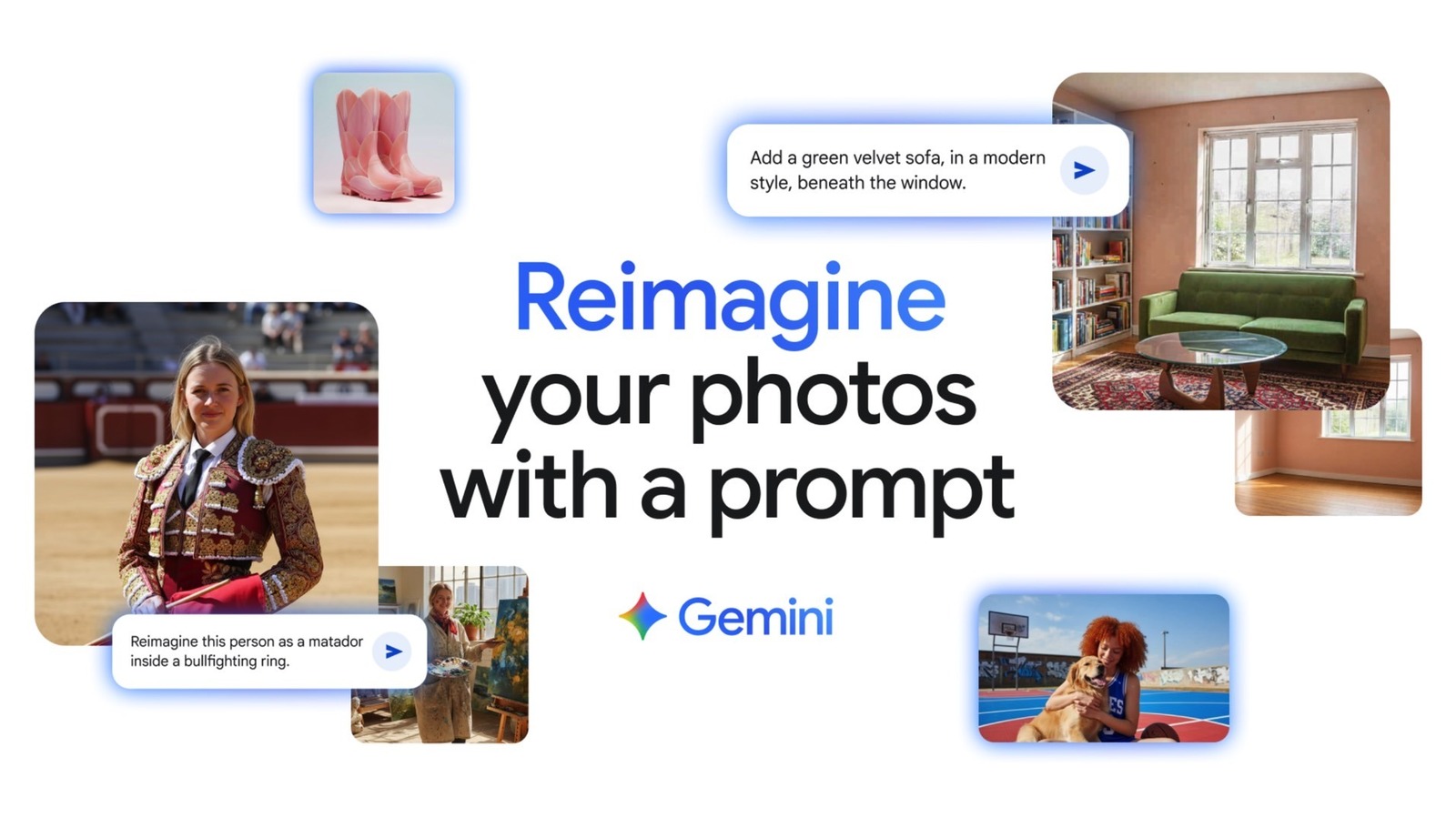Now Reading: Google Launches Nano-Banana AI Image Tool in Gemini App
-
01
Google Launches Nano-Banana AI Image Tool in Gemini App
Google Launches Nano-Banana AI Image Tool in Gemini App

Speedy Summary
- Google has officially launched its next-generation AI image-editing model, Gemini 2.5 Flash Image,also referred to as “Nano-Banana.”
- Available in the Gemini app for both paid and free users, the tool is integrated with other platforms like Google AI Studio, Vertex AI, and the Gemini API.
- Developed by Google’s DeepMind team, it is indeed now ranked as the top AI image editing model globally by LMArena benchmarks.
- The new feature emphasizes character consistency in images during edits (e.g., maintaining likeness of people or pets while applying transformations like hairstyles or outfits).
- Users can provide prompts to modify existing images or combine elements from multiple images seamlessly into one. It also supports multi-turn editing and scene adjustments without disrupting image integrity.
- Examples showcase versatile uses such as altering room designs or transferring textures/styles from objects like flower petals to boots.
- Safety measures include visible “AI” watermarks and SynthID digital markers on all images created via Gemini to prevent misuse and ensure clarity.
Indian Opinion Analysis
The introduction of Google’s Gemini 2.5 Flash Image reflects an evolving landscape in generative AI technology that could have multifaceted implications for India across sectors such as design, advertising, education, entertainment, and e-commerce product visualization. However, while these advancements present notable opportunities to enhance creative industries and efficiencies in workflows like content creation or virtual staging services, concerns remain about potential misuse (e.g., spreading misinformation through manipulated visuals). India’s tech community may notably benefit from implementing robust guidelines around ethical use while embracing such tools for innovation-driven projects.
India’s digital infrastructure readiness will play a crucial role in supporting businesses leveraging cutting-edge tools like Nano-Banana amid competition with global counterparts-highlighting an imperative need for awareness campaigns targeting proper utilization alongside skills development programs tailored toward rapid adoption.



























